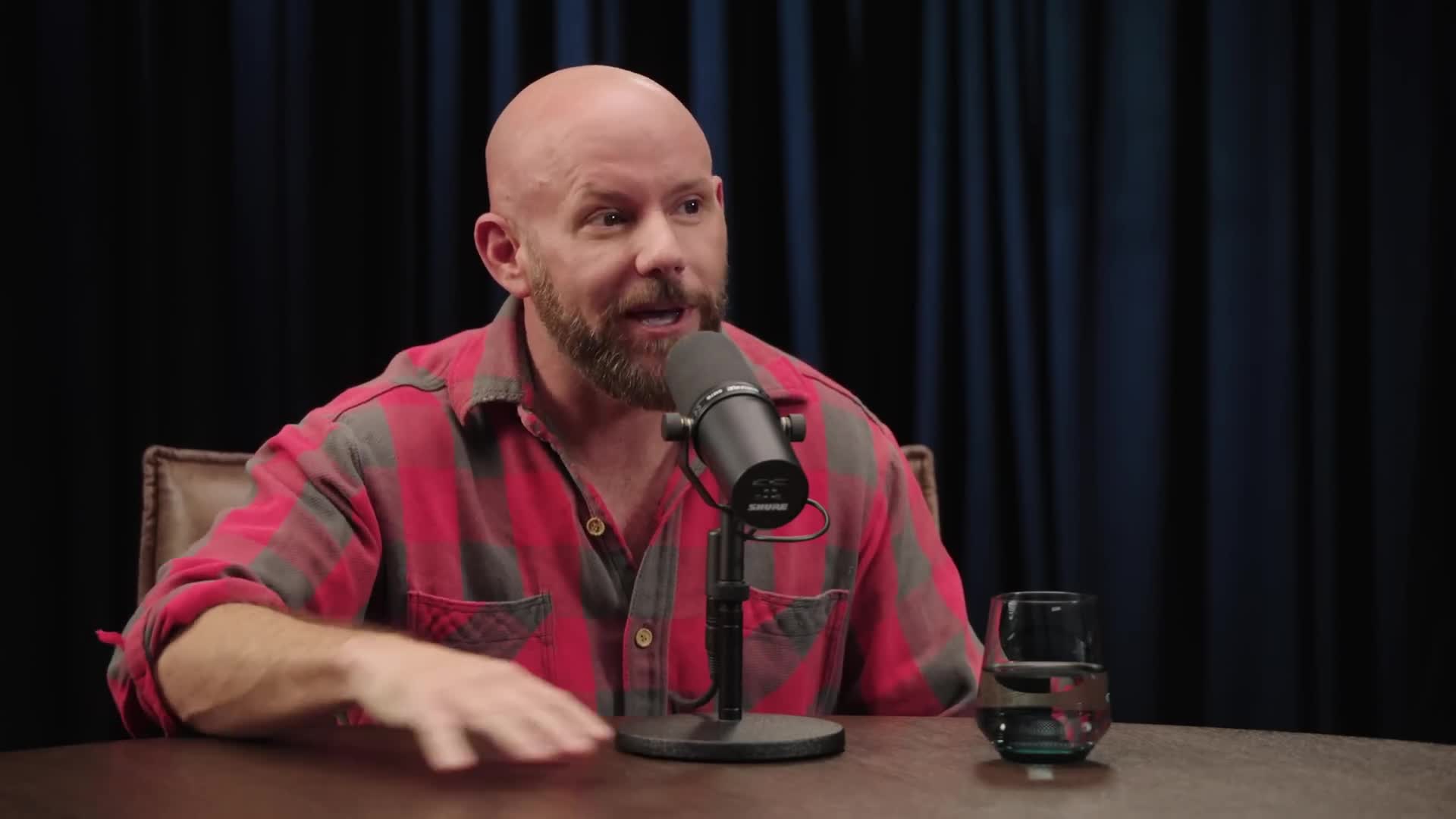Healthcare Policy
What are the key challenges primary care physicians face in the current healthcare system?
In today's healthcare ecosystem, primary care physicians face severe time constraints, averaging only six minutes per patient consultation. This limited time prevents clinicians from running necessary diagnostic tests, prescribing optimal medications and treatments, or challenging insurance company decisions. Physicians are overwhelmed by the requirement to see approximately 40 patients daily, creating an environment where they're discouraged from asking important questions or conducting thorough investigations. As the speaker notes, "we can't cure what we can't see and we can't see what we refuse to investigate." These systemic obstacles create a dysfunctional healthcare environment where proper diagnosis and treatment are compromised.
Watch clip answer (00:54m)What are the economic implications of government contracts awarded to billionaires like Elon Musk?
According to Congresswoman Crockett, these contracts primarily benefit billionaires at taxpayers' expense. She points out that Elon Musk recently received almost a billion dollars in government contracts - $400 million for Tesla and over $300 million for SpaceX in just two weeks. Rather than saving money for Americans, these deals primarily line the pockets of billionaires while essential services like Medicare, rural healthcare, and farmers' support programs face cuts. Crockett emphasizes that this represents a money grab benefiting the wealthy while ordinary citizens suffer from reduced social services and infrastructure investment.
Watch clip answer (06:32m)Why is government regulation needed in fertility clinics?
Government regulation is needed in fertility clinics because they are currently largely unregulated, which can lead to serious mishaps like Christina's situation at Coastal Fertility. Her case represents one example of the potentially devastating errors that can occur in these facilities without proper oversight. Christina's attorney emphasizes that such incidents highlight an urgent need for government intervention to establish standards and accountability in fertility treatments, ensuring these traumatic mix-ups do not happen to other families in the future.
Watch clip answer (00:16m)What happened to Christina Murray's relationship with the baby after discovering he wasn't biologically hers?
After the devastating fertility clinic mix-up, Christina Murray has not seen the baby boy since learning the truth about his biological parentage. Despite this separation, she carries a profound emotional connection that continues to affect her daily life. Christina states that she will never live a day without wondering how the baby boy is doing, highlighting the lasting psychological impact of forming a maternal bond only to experience such an unexpected loss. This ongoing concern for his wellbeing reflects the complex emotional aftermath of her unique journey through motherhood and loss.
Watch clip answer (00:08m)How common are errors at fertility clinics and what can families do to prevent them?
While fertility clinic mix-ups are described as rare, they are certainly not unprecedented. Christina's lawyer has represented thousands of clients with fertility clinic issues over 13 years, including embryo mix-ups, freezer malfunctions that destroyed embryos and eggs, and cases of specialists dropping vials. The prevalence may be higher than known because some errors, unlike Christina's case where the baby's race was visibly different, might go undetected. Her lawyer believes these incidents occur more frequently than reported, highlighting the need for increased regulation and patient vigilance in the fertility industry.
Watch clip answer (00:47m)Why is government regulation needed in fertility clinics?
Government regulation is needed in fertility clinics because they are currently largely unregulated, creating an environment where serious errors can occur without accountability. Christina's situation at Coastal Fertility represents just one example of the concerning mishaps that can happen at fertility centers across the country. The lack of oversight is particularly problematic as there are no reporting requirements when errors are made, allowing mistakes to potentially go undocumented and unaddressed. This regulatory gap puts vulnerable patients at risk during what is already an emotionally and financially challenging process of assisted reproduction.
Watch clip answer (00:18m)


